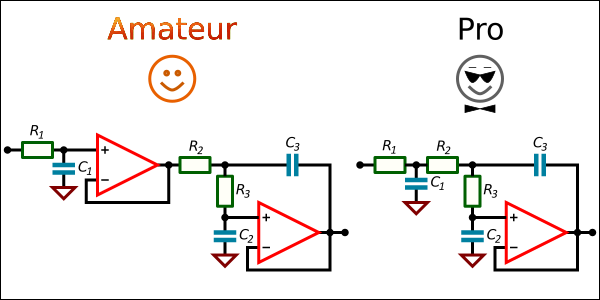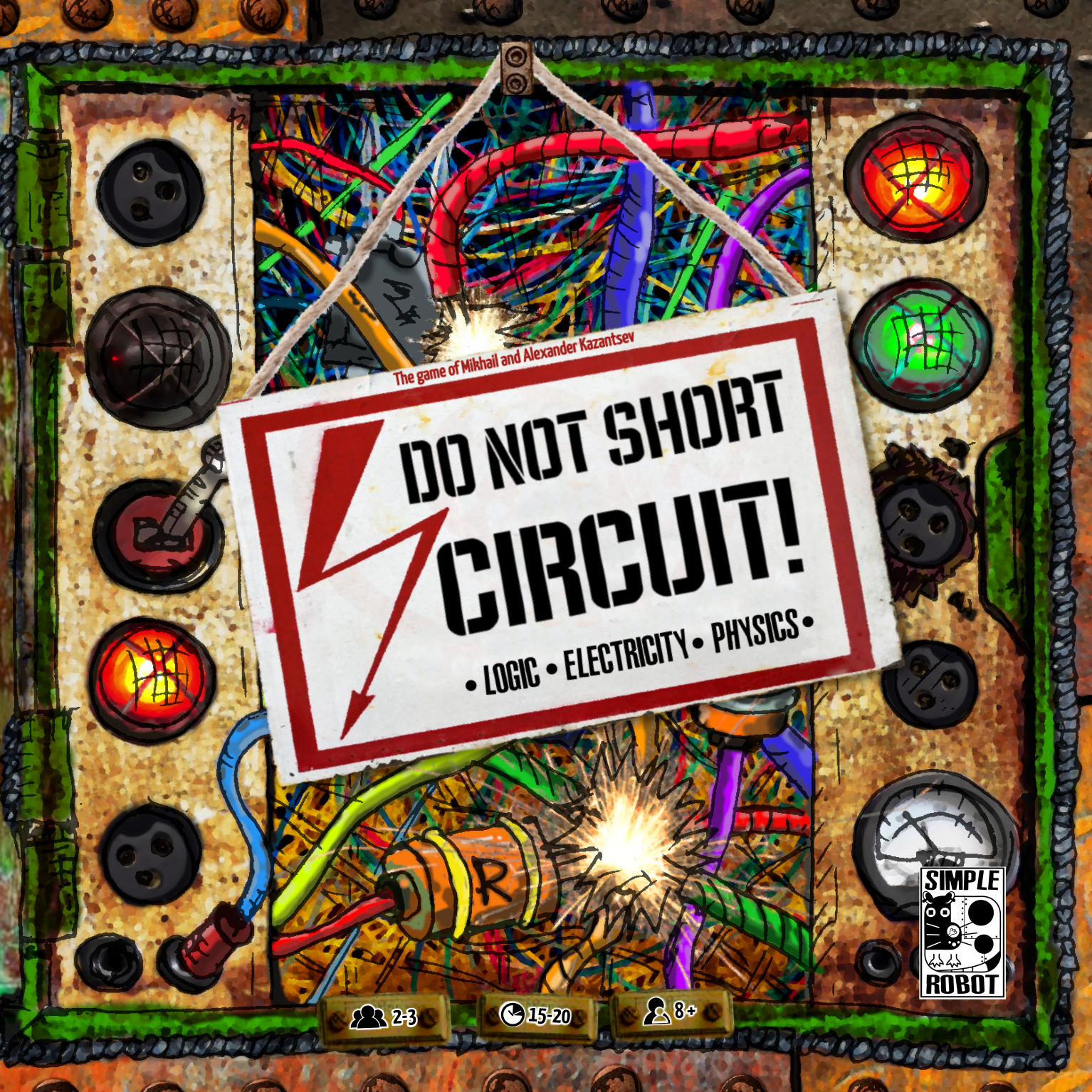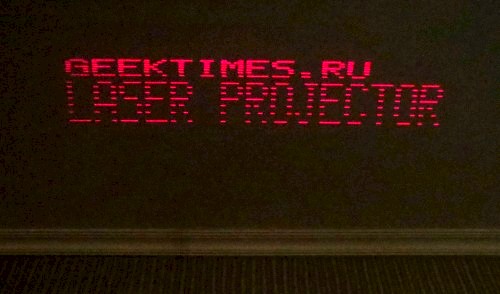
Common approach to build a 3rd order low-pass filter is to use two circuit stages and two Op Amps. Making a good One Op Amp design is not always easy, but it is possible.

Arduino, DYI and how to assemble electronics

Space exploration was always fascinating, and recent developments have reignited the interest to the heights never seen since the last man stood on the Moon. People argue about Mars exploration and features of spaceships as their grandparents would’ve done if the internet existed fifty years ago. I’m an electronics engineer working in the aerospace industry, so I know a thing or two about the technical background of this stuff — and I see that these things aren’t common knowledge, and people often have significantly skewed ideas about the reasons behind many things and decisions. Namely, I’d love to speak of some misconceptions about radiation hardened integrated circuits and the means of protection from radiation-induced damage.

I made the “electric” designer of… cardboard. Alas, the project still remains at the prototype stage, not developing into an industrial “physical” look and is waiting for its time (and investor).
But I decided to go further — once we started making cardboard, we’ll bring the situation to its logical conclusion — we’ll make a complete cardboard board game, but with an electric setting and a learning effect. There were a lot of options — starting from a simple “walker” and ending with Ameritrash from a zombie with electron movement and vicious short circuits and swollen capacitors.
As a result, I decided to dwell on a logical abstract, since the schematics of electrical circuits are very suitable for it. Said and done — as a result of the first iteration, the game “Circuit” was born.

If you have dabbled into microchip photographing before, then this article will probably not offer much to you. But if you want to get into it, but don’t know where to start, then it’s exactly for you.
Before we start, a fair warning: while the procedure is quite entertaining, at first it’ll probably be physically painful. The chemicals used during the process are toxic, so please handle them carefully – that way it’ll still hurt, but less so. Also, if you have even a slight amount of common sense, conduct the procedure in a fully-equipped chemical laboratory under supervision of trained professionals: we’ve had to deal with people who tried to do it at home immediately after reading the guide. And finally: if you don’t know whether you need to pour acid into water or water into acid without a Google search and don’t realize what this lack of knowledge will entail – stop reading this immediately and go to a chemistry 101 course in a local college or something.
